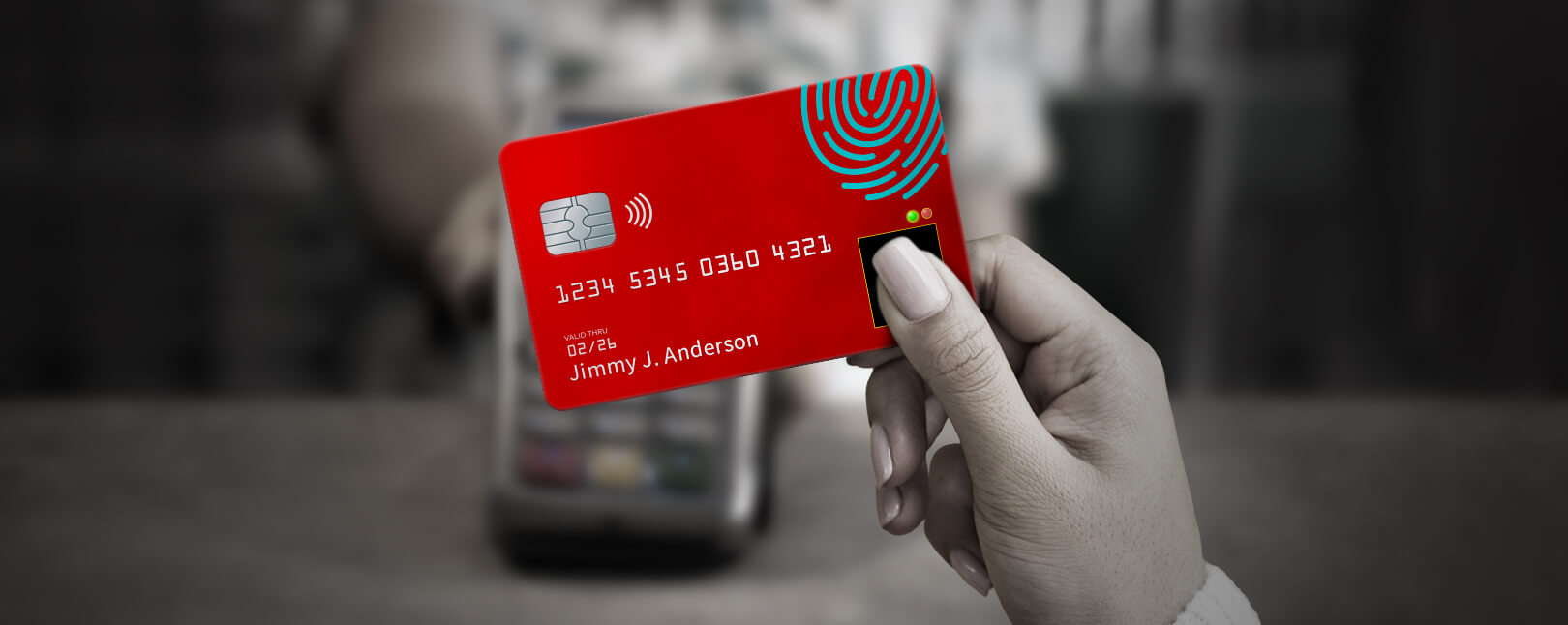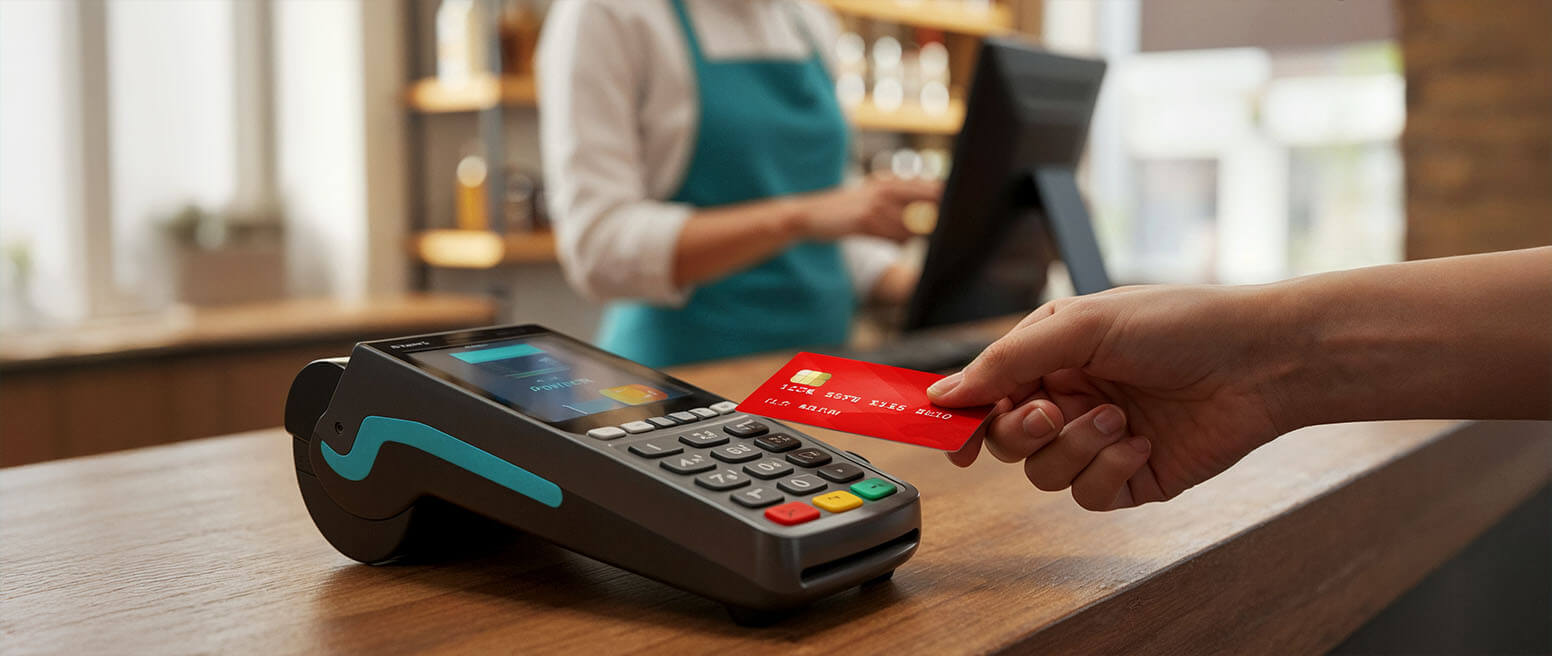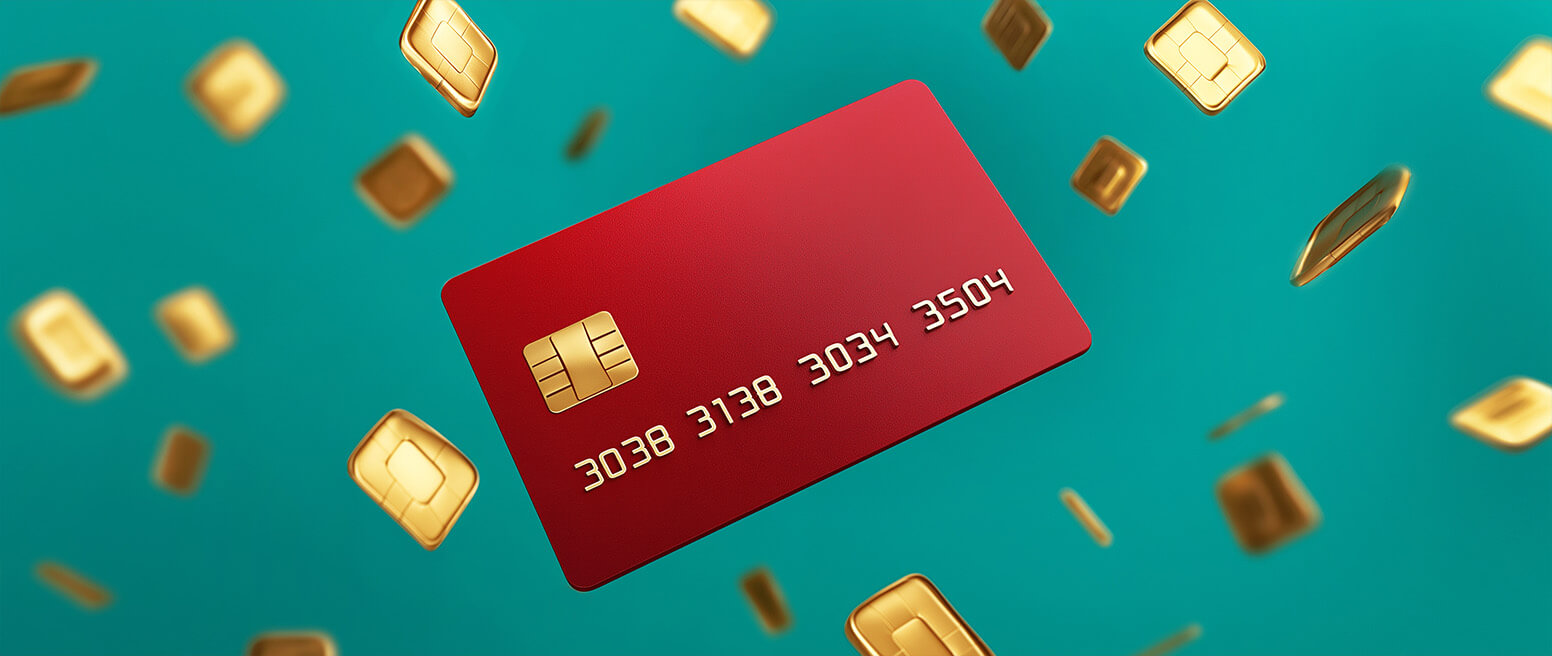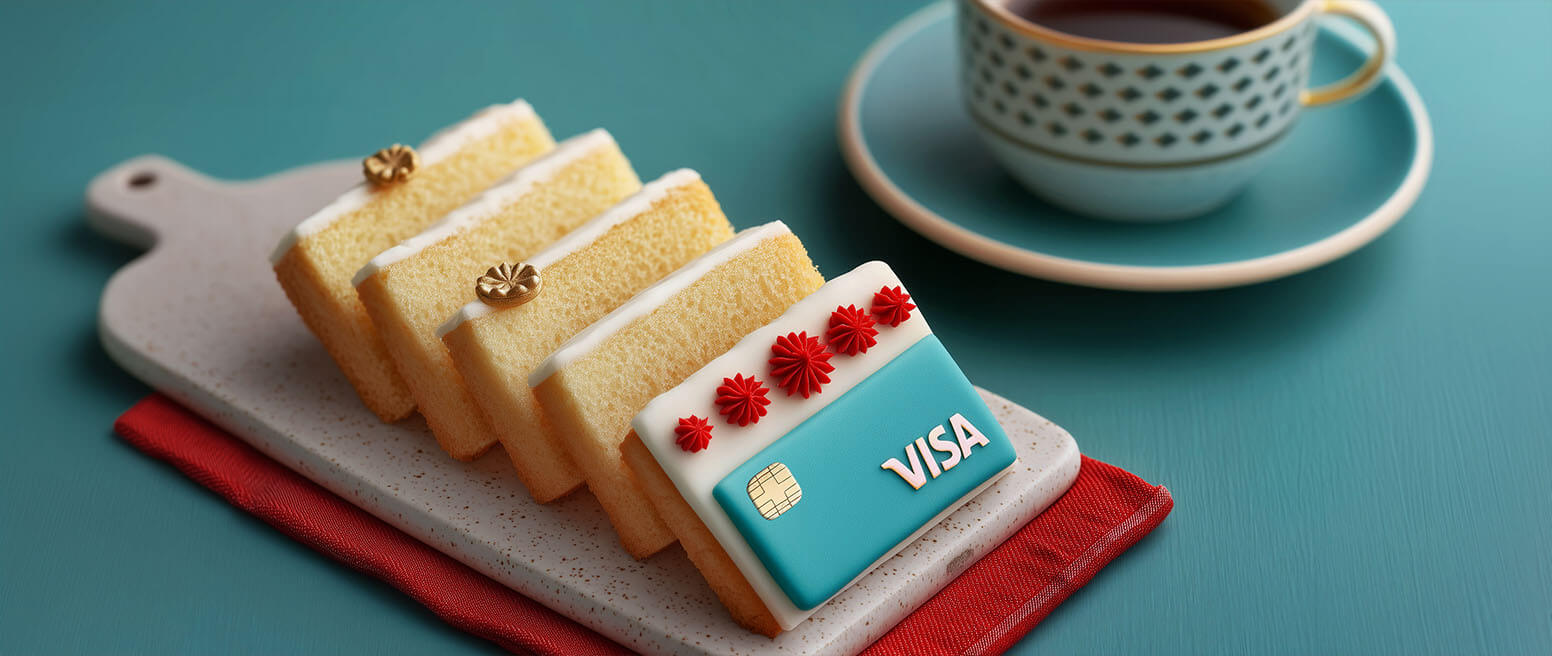Are Biometric Cards the Key to Eliminating Card-Present Fraud, Once and or All?
Biometric technologies are gaining popularity worldwide. These tools give users the ability to identify individuals based on distinct physiological characteristics that are considered unique to each person. Indicators can include fingerprints, facial recognition, iris recognition, or heart rhythm, just to name a few.
You probably have some familiarity with biometric security technologies. For instance, you might use a fingerprint as a way to unlock your phone. The applications extend a lot further than that, though.
With the need for ever-greater payment security, card networks were bound to start experimenting with this technology sooner or later. Enter: the biometric credit card.
Essentially, biometric cards are chip cards with a built-in thumbprint reader. They combine a fingerprint scanner with conventional chip-and-PIN technology, thereby improving the versatility and security of tech-enabled credit and debit cards.
Recommended reading
- What is EMV Bypass Cloning? Are Chip Cards Still Secure?
- Dispute Apple Pay Transaction: How Does The Process Work?
- Terminal ID Number (TID): What is it? What Does it Do?
- Point of Sale Systems: How to Get More From Your POS Machine
- What is EMV Technology? Definition, Uses, Examples, & More
- Visa Installments: How it Works, Benefits, & Implementation
How Do Biometric Cards Work?
Essentially, cardholders can use one of these cards by scanning their fingerprint (a similar process to setting up a smartphone). The card does not actually store a picture of the print itself. Instead, the scanner digitally maps the fingerprint, translates the digital map to an equation, and stores that instead.
When the cardholder places their finger on the card’s sensor during a transaction, the card senses whether the digital map of the finger is the same as the one stored in the card. A green or red light on the card indicates an authentication pass or fail.
To use the card, all a customer needs to do is shop at a participating store and press their finger into the designated spot at checkout. Biometric cards can store up to four encrypted fingerprints per customer.
Once activated and used the first time, the card will be ready for future use at any participating store. If the store has not yet enabled biometric or contactless payments, customers can still use the biometric card as a regular chip-and-PIN card.
Global Availability of Biometric Cards
Biometric cards seem to be a rational upgrade to the EMV process. Of course, we’ll only be able to evaluate their eventual impact once the testing stage is complete and biometric cards become more widely available in the US. When will that happen, though?
The good news is that Visa and Mastercard are already working on bringing biometric cards to market as soon as possible. The bad news is that they are still in the testing stage, so the cards might not be readily available in your region for a while.
Here’s a quick overview of the efforts each card network has undertaken in the testing process:
What’s the Hold Up Preventing Global Adoption?
Ready to learn how to get a biometric card? Well, hold on... it's not that easy yet.
Biometric payment systems were not widely popular in The West until very recently. However, contactless payment technology has taken off in the US in the wake of the Covid-19 pandemic. Adoption doesn't appear to be slowing in the least, and with new shopping channels and payment preferences comes the need for new verification methods.
That said, biometric card technology entered the pilot stage about three years prior to this writing and has yet to launch on a global scale. Although many countries appear eager to explore varying forms of biometric payment technology, the implementation of biometric cards is much slower-paced.
Biometric cards are likely to replace conventional chip-and-PIN cards in the near future. However, it hinges on the success of each card’s pilot programs, how many new roadblocks are identified, and how long it takes to resolve them. To date, we have very little information about when or how that situation might play out for the US market.

What are the Benefits of Using a Biometric Card?
The first and most obvious benefit of biometric technology is the superior security features. As mentioned above, chip cards were mandated by global financial institutions in 2015 because they are safer and more secure than magnetic stripe cards. The added step did cut back on many forms of card-present fraud, but it could not prevent all of them.
Biometric cards, on the other hand, authenticate transactions based on inherence (who a person is) rather than knowledge (what they know). By using information that is unique to every human being (i.e., fingerprints, iris scans, facial scans, and palm-vein mapping), card networks and financial institutions are better able to combat fraud. It is far more difficult to falsify or spoof a person’s unique body features than it is to hack or remember a four-digit code.
These cards offer several advantages for merchants and cardholders in addition to the added security. These include:
Potential Drawbacks of Biometric Cards
Perfect anti-fraud solutions do not exist, and there is no such thing as a “one-size-fits-all” strategy for detecting and preventing fraud. Unfortunately, no matter how promising biometric payments and cards are, there are still several issues that may arise once the system is adopted:
Will Biometric Cards Be Enough?
Frankly, the answer is “no.”
The implementation of chip-and-pin and contactless payment technology certainly helped to lower incidents of fraud worldwide. However, it can still be bypassed by a determined fraudster (or group of fraudsters). Everyone should be well aware by now that no single-sourced solution exists to prevent fraud, and certainly, no single technology can defend from invalid disputes and chargebacks.
Regardless of how extraordinarily advanced and forward-thinking biometric tech is (and could still become), it is still vulnerable to fraud attacks. Your business will need more than one method to fight fraud and chargebacks. At the same time, authentication methods must be accurate and efficient without causing friction at checkout.
A mix of multiple tactics is the decisive factor. Merchants may have to experiment to find the right mix. Other fraud tools to consider include CVV verification, AVS, 3DS technology, geolocation, and fraud blacklisting, just to name a few.
Learn more about fraud preventionTo sum up: biometric cards can be a powerful fraud prevention tool, but it's only one tactic and affects only one fraud risk source.
These cards won't help against threats like or first-party fraud or affiliate fraud. To fight either, merchants need a coordinated, carefully planned strategy to make the most of the tools at their disposal.
Here at Chargebacks911®, we specialize in preventing post-transactional fraud that criminal tools like those listed above can't reach. We work alongside other technologies to provide comprehensive, multilayered fraud defense. Continue below and get a free ROI analysis today.
FAQs
What are biometric credit cards?
Biometric payment cards combine biometrics with chip-and-PIN technology to improve the versatility and security of enabled credit and debit cards. Essentially, biometric cards are chip cards with a built-in thumbprint reader.
What is a biometric card used for?
Biometric cards are an upgraded version of standardized EMV chip card technology, which can verify and authorize users via fingerprint signatures that are unique to each individual. This is to provide an additional security measure for customers seeking the means to avoid entering PIN numbers.
What are the benefits of using biometric credit cards?
Biometric cards are more secure, simple, convenient, and clean to use than traditional chip-and-PIN cards. Aside from this, biometric cards include more advanced features and hardware that can give customers the impression that your business is on the cutting edge of technology.
What risks are associated with biometric credit cards?
As with any new technology, there are a few downsides. Namely, availability, cost, privacy concerns, special concerns (such as fevers or other physical impairments), and fraud blindspots (not knowing how things will play out, how effective the technology could be, etc.)
None of these issues should bar interest in the product. That said, it would be wise to insulate one’s business practices with a solid fraud detection and fraud prevention strategy that will work in tandem with biometric payment tech.
Are biometric cards in use anywhere?
Visa and Mastercard have both tested biometric cards in different markets. Mastercard trialed the technology in South Africa back in 2017, for instance, while Visa tested the technology in partnership with the Bank of Cyprus.














